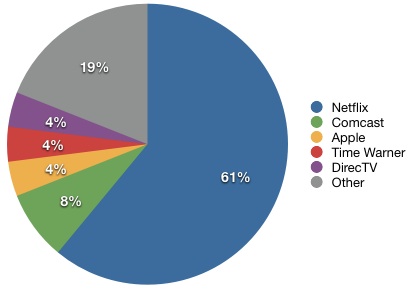“Under the United Nations Charter, the main function of the Security Council is to maintain international peace and security in accordance with the principles and purposes of the United Nations.”
The UN ensures there is no conflict between nations, it ensures that basic human rights are met around the world. It develops friendly relations amongst different nations and works to achieve international cooperation. In short the UN makes sure there is peace.
Social entrepreneurship and programs like Arc Initiative are important because they build on UN’s work. New innovative ideas that flourish in programs like these help people succeed at higher level. In terms of Maslow, these programs help people’s esteem and maybe even help them self self actualize. On top of this, programs like the Arc Initiative teaches the participating students extensive knowledge and business skills.
For example, Salem Kassahun, owner of Salem’s Ethiopia, wanted to expand the business without moving to a factory-based manufacturing system. Salem wanted to stick to the reason the business was started up i.e. to support the local community. After participating in the Arc program and working with Sauder interns, she left with a solution. The solution was that she should expand her existing room by reinvesting some of the profits. She trained 15 more women for her business and production has already improved and backlog in supply has already been reduced to half.
Works Cited:
“Charter, United Nations, Chapter I, Purposes and Principles.” UN News Center. UN, n.d. Web. 11 Nov. 2014. <http://www.un.org/en/documents/charter/chapter1.shtml>.
Kroeker, Jeff. “Can Fair Trade Boutique Expand without Alienating Customers?” The Globe and Mail. N.p., n.d. Web. 09 Nov. 2014. <http://www.theglobeandmail.com/report-on-business/small-business/sb-growth/day-to-day/can-fair-trade-boutique-expand-without-alienating-customers/article4405520/>.
“Sauder School of Business.” The Arc Initiative. N.p., n.d. Web. 11 Nov. 2014. <http://www.sauder.ubc.ca/Global_Reach/ARC_Initiative>.





